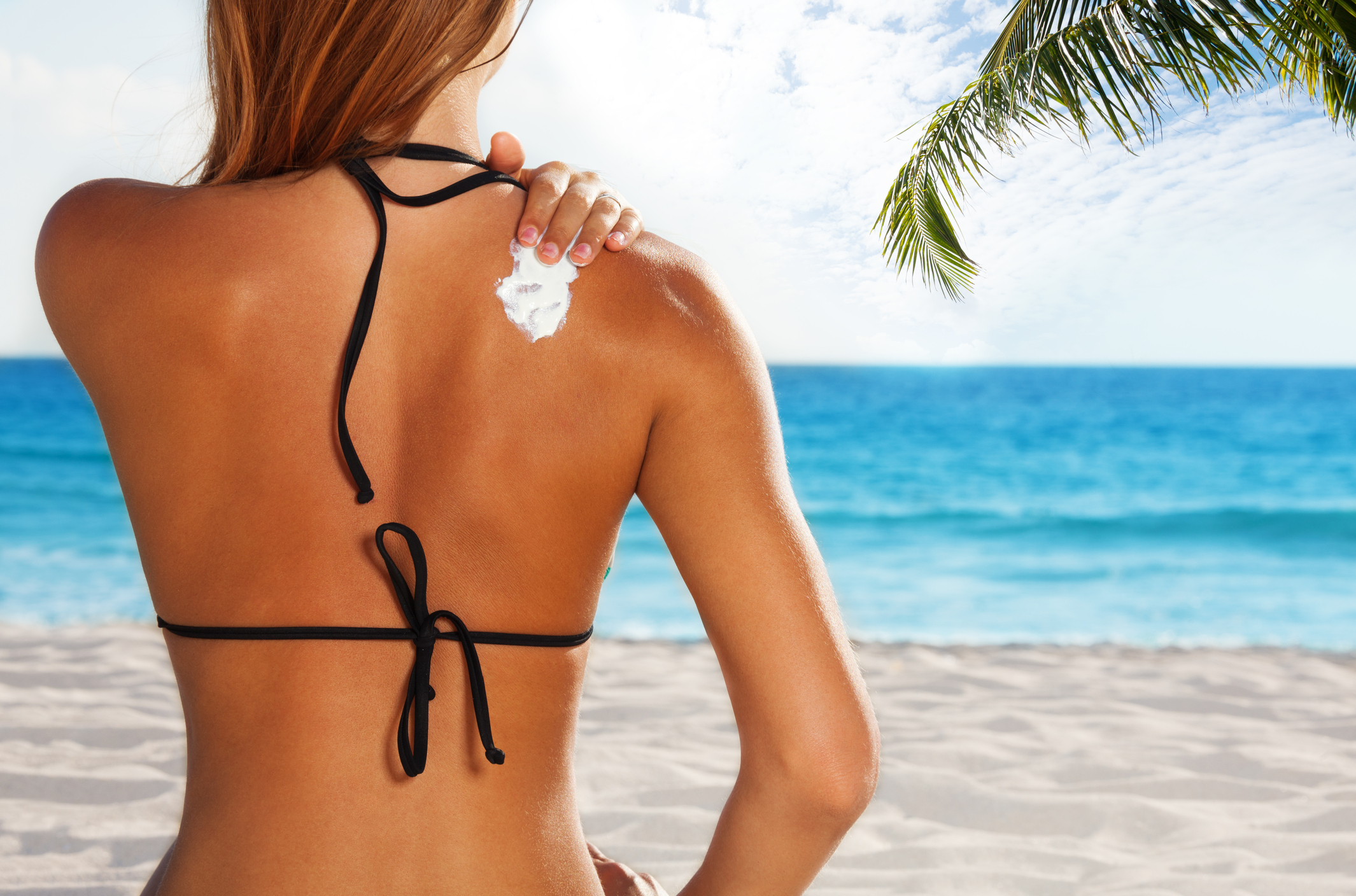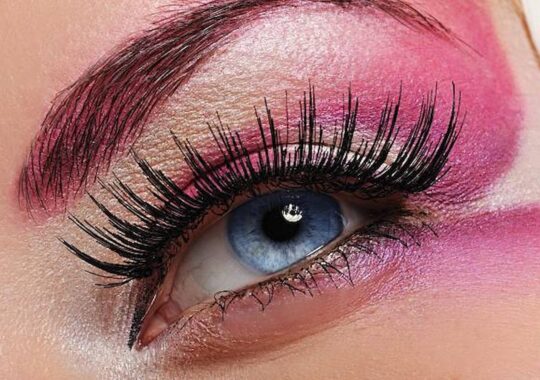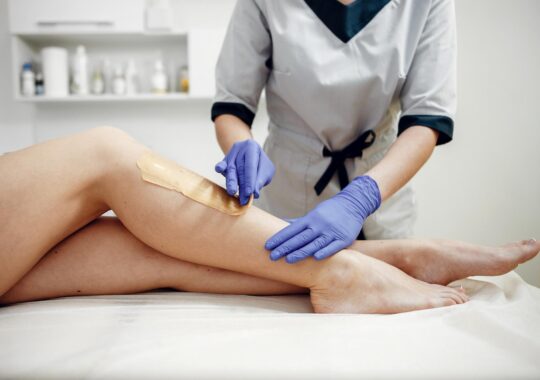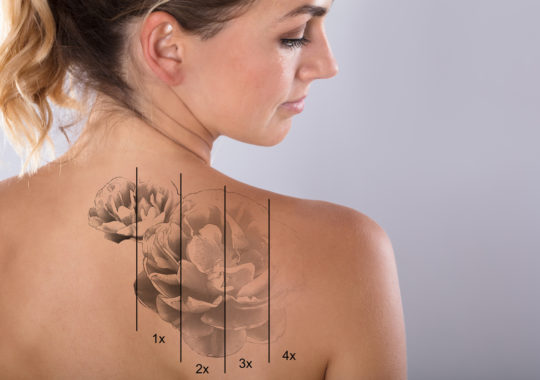For a long time, people have desired a healthy tanned appearance over paler skin. This desire still exists but is more common amongst young people.
According to the experts at House Call Doctor, it is however important to be aware of the dangers posed by tanning and sunbaking.
Tanning
Tanning is caused by exposure to UV radiation, which results in an increased production of melanin causing the skin to darken.
Darkened skin is a sign that your skin has been damaged by UV radiation. The more you are exposed to UV radiation the greater your chances of developing skin cancer.
Sunburn
Excessive sun exposure while tanning often leads to sunburn, resulting in a radiation burn on the skin. Symptoms of sunburn can start to appear within 15 minutes and will continue to develop over the next 24 to 72 hours. It can take days or weeks to heal and sunburn will become worse with continued exposure to UV rays. The sunburnt skin will often peel off, and it is best to let it peel off in its own time.
If you need to treat a mild sunburn, you can try the below measures to help ease symptoms:
- Drink plenty of fluids (especially water) to rehydrate yourself
- Apply cold water to the affected area
- Try using spray-on sunburn solutions instead of creams to avoid touching the area
- If necessary, take medication to help relieve the pain.
Skin Cancer
Skin cancer is caused by exposure to UV radiation from sunlight. Anyone is at risk of developing skin cancer, but the chances of developing skin cancer increase with age.
As tanning requires long periods of sun exposure, you are putting yourself at risk of developing skin cancer by tanning.
Every year in Australia close to 2000 Australians die from skin cancer, which is one of the most preventable of all cancers.
Heatstroke
Heatstroke is caused by excessive exposure to the sun and symptoms can include headaches, dizziness, loss of appetite, excessive sweating, pale and clammy skin, arm, leg or stomach cramps, fast breathing or dehydration.
If you’re planning on going out in the sun, it’s always important to wear the appropriate protection to avoid any of the dangers listed above.
Preventative measures include:
- Avoid being in the sun during peak hours (10:00am to 2:00pm)
- Wear protective clothing
- Wear sunglasses
- Wear a hat
- Wear sunscreen, even in winter or when the sun isn’t out
- Apply sunscreen 15 minutes before heading outside so your skin can absorb it
- Seek shade
- Choose sunscreen with a SPF of 30 or higher (and choose sunscreen which is water resistant if possible)
- Reapply sunscreen every two hours and to all areas of your body, including those you might forget such as ears and neck.
Alternatively, if you’re really interested in getting that tan, try other options such as spray tans, topical dyes, bronzers or tinted sunscreens.





